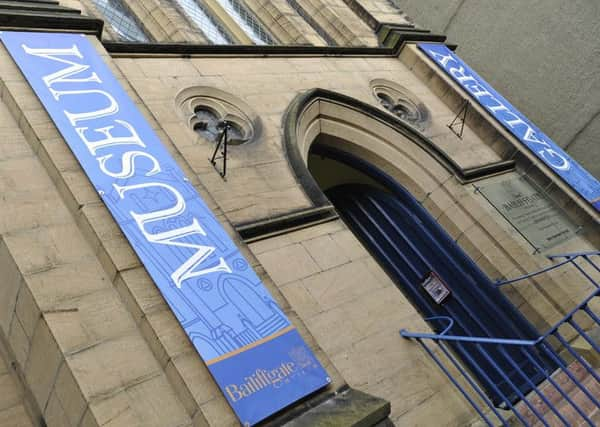Alnwick, History Society


Wherever Barry has lived, he has probed deeply into the history of the area so he learnt about the Bedlington Iron and Engine Works. However, he found that despite the works’ immense size and international importance, the local population was largely ignorant of its previous existence, nor was it very visible in the landscape. Further investigation was necessary.
The works was situated on the River Blyth in what is now Dene Park. Looking from Furnace Bridge, earthworks can be seen on the banks of the river and in the water. Archeological surveys indicate that there are still substantial remains under the grass.
Advertisement
Hide AdAdvertisement
Hide AdThe Bedlington Works was established in 1736, primarily for making nails. Built just above the tidal limit of the river, which was navigable, there was abundant wood, coal and iron-ore to be found locally. It operated till 1867, having expanded into forging and the manufacture of anchors, iron rails and locomotive parts.
In 1820, John Birkenshaw took out a patent on a ‘malleable rail’, an important development in railway history. Instead of using brittle and short cast-iron rails, wrought iron was introduced. This was less prone to breakage and could be formed into much longer lengths, which could then be welded together seamlessly.
Many local rail and wagonways used Bedlington rails, followed by new railways further afield. They were used by the Stockton-Darlington Railway of 1825, and the Liverpool and Manchester Railway of 1830.
There followed a number of international ‘firsts’. The first Russian railway, from St Petersburg to Pavlovsk, opened in 1838 using Bedlington rails. Concerts were held in the train terminus and the premier of Ravel’s Bolero took place there. This was followed in 1839 by the Naples-Portici Railway, the first in Italy.
Advertisement
Hide AdAdvertisement
Hide AdIn 1837, the company moved into the manufacture of locomotives, with the construction of a new works on the south side of the river. This is evidently well-preserved under a mountain of spoil from Blyth Power Station.
Here were constructed about 150 locos, including the 1839 Bayard used on the Naples-Portici line, and the first loco to leave the new terminal at Kings Cross in 1852. There is even a Bedlington boiler in the Smithsonian Museum in the United States.
The last owner of the works, John Dixon, was responsible for the transportation and erection of Cleopatra’s Needle on the Embankment in London. He sold the works to Bedlington Coal Company in 1865, which closed it two years later.
Many of the buildings were still standing as recently as 30 to 50 years ago, but in the late 1950s the area was landscaped and it all disappeared under ground.
The next meeting of the society will be on January 23, at 7.30pm, at Bailiffgate Museum, when Ian Hall will be speaking on Historical Oddities – Those Curious Places Around The County.